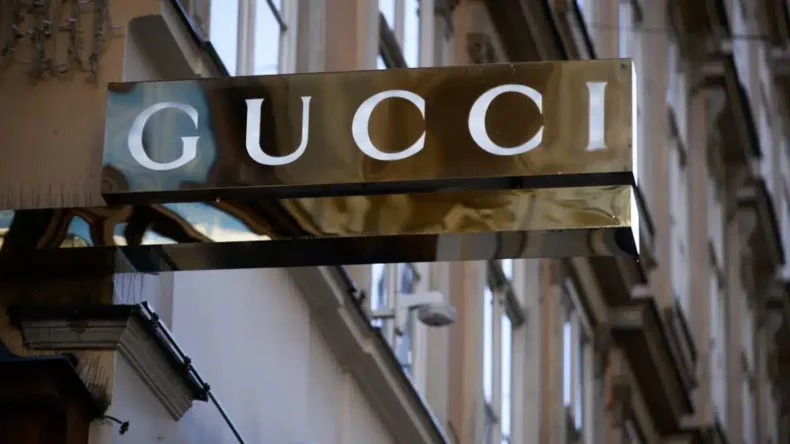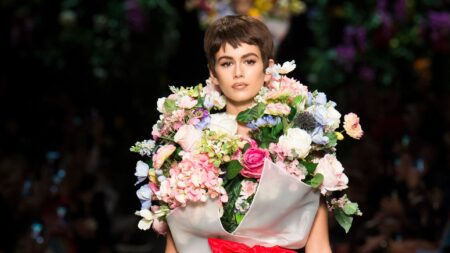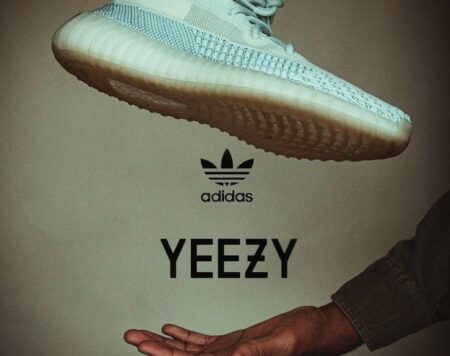On Friday, #Gucci started trending on Twitter not long after the final guest had left the avocado-coloured carpet lining the Gucci display room and left the company’s premises in the outer reaches of the city. Was it a result of the stunning garments that were just displayed on the runway? Was it because our clothing had once again been altered to fit a new era? Nah. The front row was the reason.

Gucci
ASAP Rocky! Maneskin! Dakota Johnson, in particular, the Chinese actor and singer Xiao Zhan, virtually started a riot on his way to and from the performance. In fact, the craze around such personalities is perhaps the reason Gucci even held a show considering the brand is between designers and between ideas based on what was seen on the runway.
Alessandro Michele, the most recent creative director who changed Gucci from a rich jet set image to a huge tent eccentric, left in November, and Sabato Di Sarno, who was supposed to implement some sort of reset, will not start until this spring. The studio team created the current offering, which was a tide-’em-over time-lapse, similar to a bridge boyfriend between the Michele and De Sarno eras: a little of this, a little of that, and some GGs on top.
Early Tom Ford could be recognised by his trademark belts and velvet pants, but later Ford could be recognised by his G-strings that were clearly apparent beneath hipster sheer pencil skirts. See the signature Michele kookiness in the soaring majorette feather headgear and the silver tinsel coat à la Harry Styles.
Everything seemed so superficially familiar that it was refreshing to see Liisa Winkler wearing a basic, fitted grey overcoat in the 1990s. There has been a lot of discussion regarding Gucci’s desire to distance itself from passing trends and develop a more classic aesthetic. Ironically, Gucci will once again be in style if that is the case, and the coat was a sign of things to come.
Milan is seeing the biggest shift in what was once known as “stealth wealth,” in addition to the ever-present K-pop stars and other Asian influencers. The “classics,” etc. Also known as “the Camelocracy,” according to the performance notes for MaxMara. That is the winner of the week’s neologism prize.
Its definition is the style of clothing that does not overtly flaunt its worth but instead relies on the plushness of the fabric and the precision of the line—on insider information as opposed to influencer information—to imply worth that speaks softly rather than loudly.
Italy has a history with fabric mills and leather goods, which contributes to its ability to use a sotto voce style. Now is the time to shop if you have a Katharine Hepburn fantasy. The deep-pile luxury of their textiles helped brands like Loro Piana and Brunello Cucinelli establish themselves, and they are now leveraging their knowledge. Luke and Lucie Meier upsized coats and jackets at Jil Sander, the company that previously defined the interior possibilities of power dressing, and they gave an hourglass shape to tunics.
Maximilian Davis at Ferragamo incorporated tiny cuts to the sleeves and jackets of sleek black suits to reveal a flash of white or red underneath, serving as a reminder that there was more going on than you might initially think.













